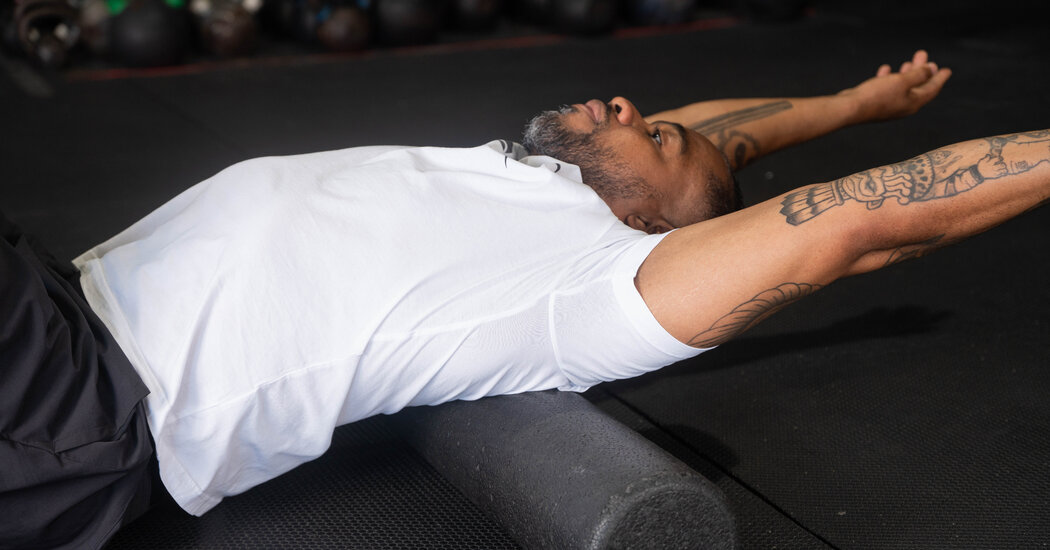Low-impact, easy workouts can offer relief for sore muscles.
Rest is an important piece of any exercise routine, and on some days all your body needs is a long lounge on the couch. But active recovery, which falls somewhere between a full rest day and a workout, can help your body bounce back more quickly.
Research has found that low-impact movement, such as walking or swimming, can be more effective than rest for reducing muscle soreness after exercise. That may be why competitive and elite athletes have long incorporated active recovery into their training schedules, though there’s not enough evidence to say that it improves athletic performance.
If you’re exercising regularly, doing something on a recovery day is often better than doing nothing, said J. Jay Dawes, a professor of applied exercise science at Oklahoma State University, especially if your goal is to reduce soreness between workouts. Light movement like walking can increase blood flow and circulation, and “literally as little as a stroll can be beneficial,” he said.
Here’s how to use active recovery to your advantage, according to exercise scientists and coaches.
Why is active recovery helpful?
When you exercise, your body cycles between periods of stress and repair. Your muscles may be sore or tight after a hard workout, but with proper recovery that short-term soreness gives way to increased fitness.
Recovery days — both active ones and full rest days — allow your body to repair your muscles and replenish its stores of energy, said Kate Baird, an exercise physiologist at the Hospital for Special Surgery in New York. Active recovery can provide some pain relief by reducing soreness, she added, and promote better mobility and range of motion.
For anyone who follows a training schedule or exercises regularly, active recovery days can be mentally beneficial too, said Conrad Goeringer, who is an Ironman-certified coach and the founder of Working Triathlete, a coaching service. Continuing to move — however easily — can have a calming or meditative effect that full day of inactivity doesn’t always provide.
